Mastering the Art of Problem Selling
How to Win Deals by Diagnosing Before Prescribing
I've found that the most successful sales professionals don't rush to pitch solutions. Instead, they take time to understand, articulate, and amplify customer problems first. In this guide, I'll walk you through the psychology and practical techniques of problem-first selling that have transformed my approach to winning deals.
The Psychology Behind Problem-First Selling
I've discovered throughout my sales career that customers don't buy products or services—they buy solutions to problems. This fundamental shift in perspective transforms how we approach the sales conversation. When I focus on diagnosing before prescribing, I create a much stronger foundation for the eventual solution pitch.
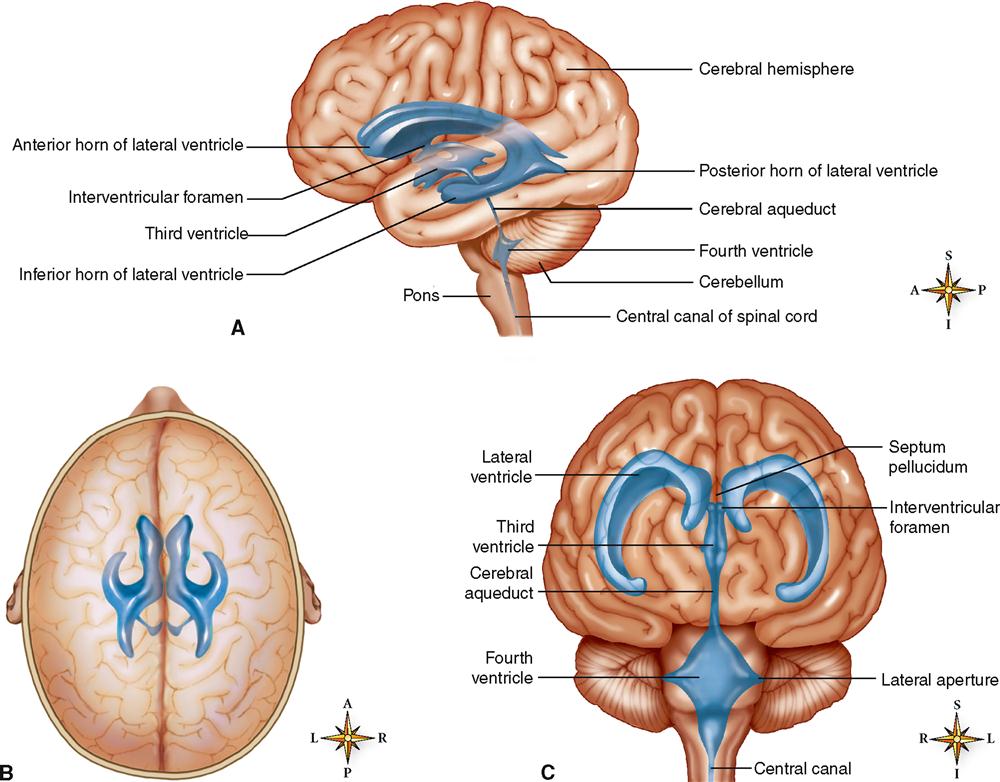
The neurological basis of pain avoidance as a stronger motivator than pleasure seeking
The Neuroscience of Motivation
Neuroscience research confirms what I've seen in practice: the human brain responds more strongly to pain avoidance than pleasure seeking. When I articulate a prospect's problem clearly, I'm activating powerful neural pathways that create urgency and motivation. This pain-avoidance response is approximately 2-3 times stronger than pleasure-seeking behavior, making problem articulation a more powerful sales approach than benefit highlighting.
Key Insight
When I demonstrate deep understanding of a customer's problem, I establish myself as a trusted advisor rather than just another salesperson. This trust-building mechanism is the foundation of consultative selling and creates the emotional connection necessary before any logical solution presentation.
Motivational Factors in Purchase Decisions
Mapping the Customer's Problem Landscape
I've found that effective problem selling begins with comprehensive problem discovery. Through years of experience, I've developed a systematic approach to uncovering both stated and unstated pain points that create a complete picture of the customer's challenge landscape.
Strategic Questioning Techniques
The questions we ask shape the problems we uncover. I use a layered approach to questioning that starts broad and gradually narrows to specific pain points:
flowchart TD
A[Situation Questions] -->|Establish Context| B[Problem Questions]
B -->|Identify Pain Points| C[Implication Questions]
C -->|Amplify Impact| D[Need-Payoff Questions]
D -->|Connect to Solution Value| E[Quantification Questions]
style A fill:#FF8000,color:white
style B fill:#FF9A3D,color:white
style C fill:#FFB066,color:white
style D fill:#FFC78F,color:black
style E fill:#FFDDB3,color:black
Quantifying Problem Impact
I always aim to translate abstract problems into concrete business impact. This creates urgency and builds the value foundation for my solution. I focus on three key impact dimensions:
Financial Impact
Revenue loss, increased costs, missed opportunities, resource waste, compliance penalties
Operational Impact
Process inefficiencies, bottlenecks, quality issues, scalability constraints, security vulnerabilities
Emotional Impact
Stress, frustration, fear, uncertainty, loss of confidence, damaged relationships
Using PageOn.ai's AI Blocks, I can create visual problem maps that illustrate how various challenges interconnect, helping prospects see the systemic nature of their issues. This visualization technique has dramatically improved my ability to communicate complex problem landscapes.
Visual problem map created with PageOn.ai's AI Blocks
Problem Prioritization Framework
Not all problems deserve equal attention. I use a prioritization matrix to focus on issues with the highest solution potential:
Problem Prioritization Matrix
The Art of Problem Amplification
Once I've identified key problems, I need to help prospects fully appreciate their significance. Problem amplification is about respectfully highlighting consequences without resorting to fear tactics. It's about creating clarity, not anxiety.
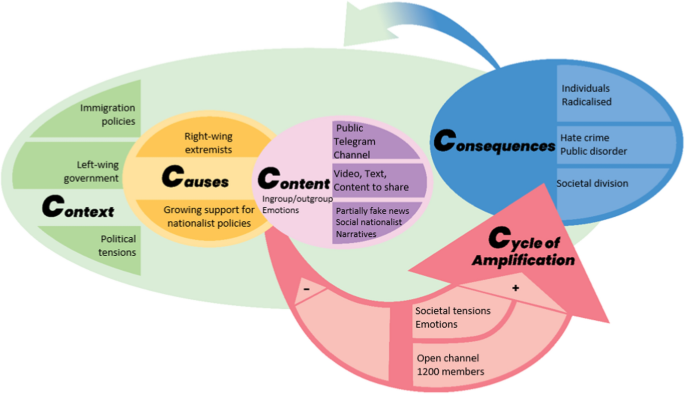
Visual storytelling sequence showing problem amplification
Storytelling Methods
I've found that stories are more powerful than statistics in helping prospects visualize the growing impact of unaddressed issues. I use three primary storytelling frameworks:
flowchart LR
A[Current State Story] -->|Shows Immediate Pain| B[Projection Story]
B -->|Shows Growing Impact| C[Contrast Story]
C -->|Shows Alternate Future| D[Resolution Story]
style A fill:#FFB066,color:white
style B fill:#FF9A3D,color:white
style C fill:#FF8000,color:white
style D fill:#FFC78F,color:black
Using PageOn.ai's Vibe Creation feature, I transform abstract problem scenarios into compelling visual narratives. This helps prospects connect emotionally with the consequences of inaction and creates a shared understanding of the challenge's significance.
The Problem Echo Technique
One of my most effective approaches is what I call the "problem echo" – articulating the customer's challenge better than they can themselves. When I can describe their problem with more clarity, depth, and insight than they've previously heard, I establish myself as a true expert worthy of trust.
Problem Amplification Examples
| Problem Statement | Amplified Version |
|---|---|
| "We're having some issues with customer retention." | "You're losing valuable customers who've already been acquired at significant cost, which means you're not only losing their lifetime value but also increasing your customer acquisition costs just to maintain revenue, creating a double financial drain." |
| "Our sales process is somewhat inefficient." | "Your sales team is spending 60% of their time on administrative tasks rather than selling, which means your highest-paid talent is functioning at less than half their potential capacity while competitors with streamlined processes are capturing market share." |
| "We need better reporting capabilities." | "Your leadership team is making critical strategic decisions based on incomplete or outdated information, which introduces significant risk and missed opportunities that compound over time as competitors leverage real-time analytics for agile decision-making." |
From Problem Validation to Solution Transition
The pivotal moment in problem-first selling is recognizing when a prospect has fully acknowledged their problem and is ready to hear about solutions. I've developed specific signals and transition techniques to navigate this crucial shift.
Problem Validation Signals
I look for these key indicators that tell me a prospect has fully acknowledged their problem:
Verbal Signals
- Asking specific questions about implications
- Using "we" language when discussing the problem
- Sharing additional problem details unprompted
- Expressing concern about timeline or urgency
- Connecting problem to strategic objectives
Non-Verbal Signals
- Increased note-taking during problem discussion
- Bringing additional stakeholders into conversation
- Nodding with increased energy or frequency
- Leaning forward during problem articulation
- Requesting to share problem materials internally
Transition Phrases
I use these transition phrases to naturally bridge from problem to solution discussion:
| Context | Transition Phrase |
|---|---|
| After problem quantification | "Now that we've established the $1.2M annual impact of this issue, let me show you how other organizations have addressed similar challenges..." |
| After emotional impact discussion | "I can hear how frustrating this has been for your team. I'd like to share an approach that has helped similar teams transform this exact pain point into a competitive advantage." |
| After strategic impact discussion | "Given how this challenge is affecting your ability to meet your 3-year growth targets, I think you'll find this particular approach interesting because it specifically addresses the scalability concerns you've highlighted." |
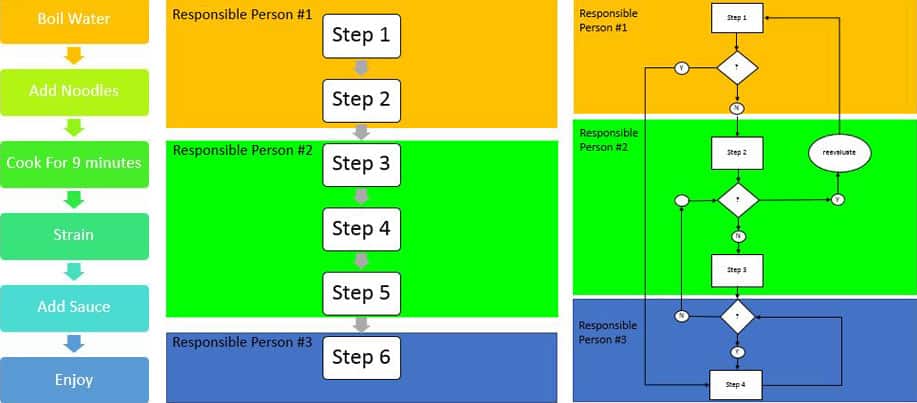
Problem-to-solution transition framework
Using PageOn.ai's Deep Search, I can instantly integrate relevant case studies showing similar problem-solution scenarios. This helps prospects see that their challenges are solvable because similar organizations have overcome them successfully.
Building Problem-Centric Sales Presentations
I've found that structuring presentations with the right problem-to-solution ratio dramatically improves engagement and conversion. My research and experience point to a 60/40 split—60% focused on problem articulation and 40% on solution presentation—as the optimal balance.
Optimal Presentation Structure
Designing Impactful Problem-Solution Slides
Creating compelling impactful product presentations requires careful attention to both content and visual design. I've developed a framework for problem-solution slides that consistently captures attention and drives engagement.
Problem Slide Elements
- Clear, concise problem statement (headline)
- Quantified impact metrics (financial when possible)
- Visual representation of pain points
- Brief customer quote or testimonial validating the problem
- Industry statistics showing problem prevalence
Solution Slide Elements
- Solution statement that directly addresses the problem
- Visual representation of how solution works
- Key differentiation points (3 maximum)
- Proof points or mini case study
- Clear next step or call to action
I leverage PageOn.ai to transform complex problem statements into clear visual hierarchies. This has been particularly valuable when presenting to mixed audiences with varying levels of technical understanding or when dealing with multi-faceted challenges that are difficult to articulate verbally.
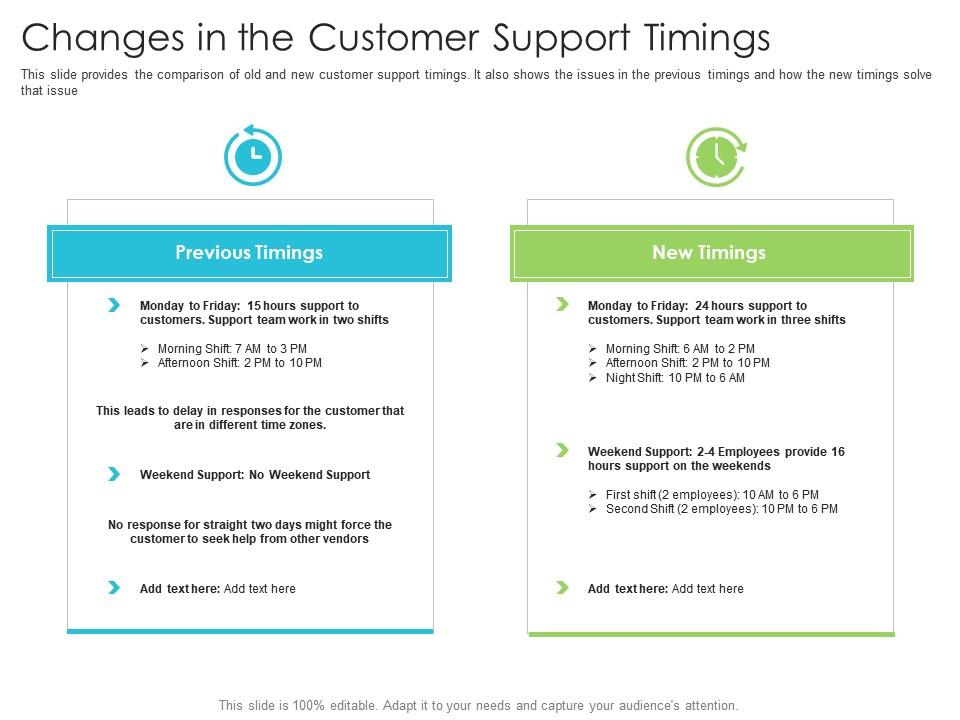
Before and after: Transforming text-heavy slides into visual problem-solution presentations with PageOn.ai
Data Visualization Techniques
When quantifying problem severity and solution impact, the right data visualization can make complex information immediately understandable:
flowchart LR
A[Problem Data] --> B{Data Type}
B -->|Comparison| C[Bar/Column Charts]
B -->|Relationship| D[Scatter Plots]
B -->|Composition| E[Pie/Donut Charts]
B -->|Distribution| F[Histograms]
B -->|Trend| G[Line Charts]
C & D & E & F & G --> H[Visual Impact]
style A fill:#FF8000,color:white
style B fill:#FF9A3D,color:white
style H fill:#FF8000,color:white
Problem-Selling Across Different Sales Contexts
I've learned that problem-selling techniques must be adapted based on the specific sales context. What works in enterprise B2B may not be effective in B2C or investor pitches. Here's how I modify my approach across different scenarios:
| Context | Problem Focus | Key Techniques |
|---|---|---|
| Enterprise B2B | Organizational inefficiencies, competitive disadvantages, risk mitigation, cost reduction | Detailed ROI analysis, stakeholder-specific pain points, industry benchmarking, risk quantification |
| SMB B2B | Resource constraints, growth barriers, operational bottlenecks, competitive positioning | Quick-win identification, simplified implementation pathways, flexible scaling options, peer success stories |
| B2C | Personal frustrations, time wasters, status concerns, emotional pain points | Relatable scenarios, day-in-the-life storytelling, before/after contrasts, social proof |
| Investor Pitches | Market inefficiencies, underserved segments, technological gaps, scaling opportunities | Market sizing, competitive landscape analysis, trend acceleration, business overview pitch deck with problem focus |
Adapting to Problem Awareness Stages
I've found that prospects fall into different stages of problem awareness, requiring different approaches:
Problem Awareness Spectrum
I've created specialized frameworks for technical versus strategic problem selling. Technical problem selling focuses on specific operational challenges and concrete metrics, while strategic problem selling addresses higher-level business objectives and competitive positioning.
Developing strategic sales plans that incorporate problem-selling methodologies across the entire pipeline has been crucial for my team's success. This ensures consistent messaging and approach from initial outreach through closing.
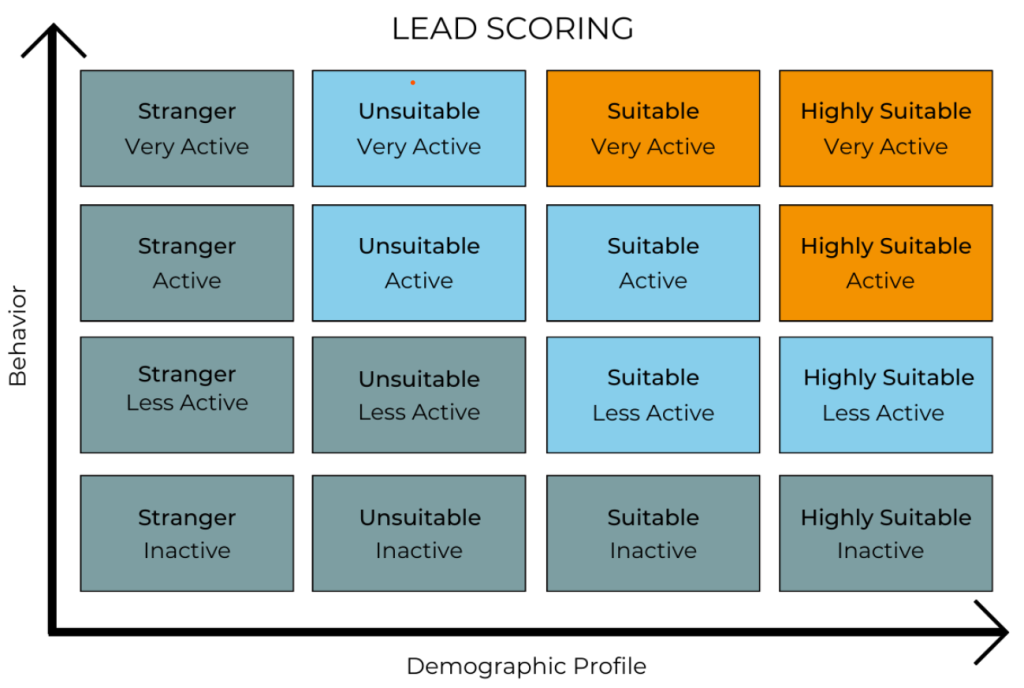
Strategic framework for integrating problem-selling across the sales pipeline
Advanced Problem-Solution Alignment Techniques
As I've matured in my sales approach, I've developed more sophisticated techniques for aligning problems with solutions. These advanced methods create powerful momentum toward the close.
The Art of Solution Withholding
I've found that strategically withholding solution details can build tension and interest. This approach follows a specific pattern:
sequenceDiagram
participant S as Salesperson
participant P as Prospect
S->>P: Present Problem Evidence
P->>S: Acknowledge Problem
S->>P: Amplify Problem Impact
P->>S: Express Concern/Urgency
S->>P: Hint at Solution Approach
P->>S: Request Solution Details
S->>P: Partially Reveal Solution
P->>S: Ask Specific Questions
S->>P: Fully Present Solution
Note over S,P: Solution now perceived as more valuable
Problem-Solution Matrices
Creating problem-solution matrices has helped me demonstrate perfect alignment between challenges and offerings:
| Problem Dimension | Business Impact | Solution Component | Value Delivery |
|---|---|---|---|
| Data silos across departments | Inconsistent reporting, decision delays, duplicate efforts | Unified data platform with role-based access | 30% reduction in report generation time, single source of truth |
| Manual approval workflows | Process bottlenecks, delayed projects, employee frustration | Automated workflow engine with exception handling | 85% reduction in approval cycle time, improved compliance |
| Limited customer behavior insights | Missed cross-sell opportunities, generic marketing, higher churn | Predictive analytics with behavioral segmentation | 23% increase in campaign conversion, 18% reduction in churn |
Problem Expansion Techniques
I've developed methods for revealing hidden dimensions of customer challenges that they might not have considered:

Problem expansion technique visualization
Using PageOn.ai's Agentic capabilities, I can dynamically adjust problem-solution presentations based on audience reactions. This allows me to pivot in real-time if I notice certain problem dimensions resonating more strongly than others.
Advanced Technique: The Problem Bridge
One of my most effective techniques is what I call the "Problem Bridge" – connecting the prospect's stated problem to a more significant underlying issue they haven't fully articulated. This creates an "aha moment" where they realize the full scope of their challenge and the value of a comprehensive solution.
Measuring Problem-Selling Effectiveness
To continuously improve my problem-selling approach, I've established specific KPIs and measurement frameworks. These metrics help me refine my techniques and demonstrate the value of problem-first selling to my organization.
Key Performance Indicators
I track these specific KPIs to evaluate problem articulation success:
Problem-Selling KPI Dashboard
Conversion Rate Analysis
Tracking conversion rates before and after implementing problem-first methodologies has been eye-opening:
Key Conversion Metrics
- Discovery to Demo: 45% → 72%
- Demo to Proposal: 38% → 64%
- Proposal to Close: 22% → 41%
- Overall Pipeline Velocity: +35%
- Average Deal Size: +28%
Customer Feedback Indicators
- Problem Understanding Score: 6.2 → 9.1
- Solution Relevance Rating: 7.1 → 9.3
- Sales Process Satisfaction: 6.8 → 8.7
- Trusted Advisor Status: 5.4 → 8.9
- Implementation Success: +42%
Using PageOn.ai to visualize problem-selling performance data across sales teams has helped me identify top performers and share best practices. The platform's data visualization capabilities make complex performance patterns immediately apparent.

PageOn.ai visualization of problem-selling performance data
Creating a Problem-Centric Sales Culture
Transforming an entire sales organization from solution-pushing to problem-diagnosis requires deliberate cultural change. I've developed a framework for creating this shift across teams of any size.
flowchart TD
A[Leadership Buy-In] --> B[Training & Enablement]
A --> C[Process Redesign]
A --> D[Incentive Alignment]
B --> E[Coaching & Reinforcement]
C --> E
D --> E
E --> F[Culture Transformation]
subgraph "Leadership Actions"
A
end
subgraph "Organizational Changes"
B
C
D
end
subgraph "Ongoing Support"
E
end
subgraph "Outcome"
F
end
style A fill:#FF8000,color:white
style B fill:#FF9A3D,color:white
style C fill:#FF9A3D,color:white
style D fill:#FF9A3D,color:white
style E fill:#FFB066,color:white
style F fill:#FFC78F,color:black
Training Programs
I've developed comprehensive training programs focused on problem discovery and articulation:
Foundational Skills
- Active listening techniques
- Strategic questioning frameworks
- Problem validation methods
- Basic business acumen
- Industry-specific pain points
Advanced Techniques
- Problem quantification models
- Storytelling for problem amplification
- Problem-to-solution transitions
- Handling problem minimization
- Multi-stakeholder problem mapping
Mastery Level
- Problem prediction methodologies
- Strategic problem expansion
- Problem-based competitive differentiation
- Executive-level problem articulation
- Problem ecosystem mapping
Creating innovative sales presentation ideas that emphasize problem visualization has been a game-changer for my team. These visual approaches help sales professionals communicate complex problems more effectively.
Building Problem Libraries
I've found immense value in creating comprehensive problem libraries categorized by industry, role, and company size. These libraries serve as valuable resources for sales teams to quickly identify and articulate common challenges.

Digital problem library interface with search and categorization features
To truly transform our sales culture, we've integrated problem-first methodologies into all aspects of our sales process, from initial outreach scripts to proposal templates and negotiation frameworks. This consistent approach reinforces the importance of problem diagnosis before solution prescription.
Culture Transformation Insight
The most powerful cultural shift occurred when we changed our team meetings from "What did you sell this week?" to "What customer problems did you solve this week?" This simple language change had a profound impact on how our sales professionals approached their role.
The Future of Problem-Selling: AI-Enhanced Diagnosis
As we look ahead, I see AI tools revolutionizing the problem-selling approach. These technologies will help identify patterns in customer problems that might not be apparent to human sales professionals and enable more sophisticated problem diagnosis.
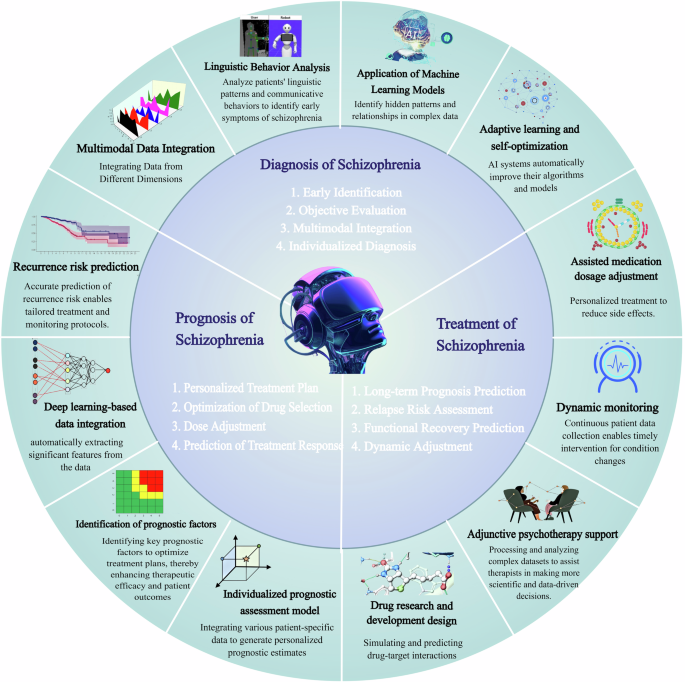
AI-powered problem diagnosis interface of the future
Data Analytics for Problem Prediction
I'm developing frameworks for using data analytics to predict emerging customer challenges before they're fully apparent to the customers themselves. This proactive problem identification creates tremendous value and positions sales professionals as true strategic advisors.
flowchart TD
A[Customer Data Sources] --> B[AI Pattern Recognition]
B --> C{Problem Category}
C -->|Current Problems| D[Problem Articulation]
C -->|Emerging Problems| E[Proactive Advisory]
C -->|Industry Trends| F[Strategic Positioning]
D & E & F --> G[Solution Alignment]
G --> H[Dynamic Visualization]
H --> I[Customer Engagement]
style A fill:#FF8000,color:white
style B fill:#FF9A3D,color:white
style G fill:#FFB066,color:white
style H fill:#FFC78F,color:black
style I fill:#FFDDB3,color:black
Leveraging PageOn.ai's capabilities to create dynamic problem-solution visualizations will become increasingly important as problem complexity grows. These tools allow sales professionals to illustrate intricate problem landscapes and solution approaches in ways that static presentations simply cannot match.
Customer-Centric Problem Focus
The future of sales belongs to professionals who can build business overview pitch decks that center around customer problems rather than company capabilities. This fundamental shift in focus creates more relevant, engaging sales conversations.
Evolution of Sales Approaches
As we move forward, I believe the most successful sales professionals will be those who can seamlessly blend human empathy and insight with AI-powered problem diagnosis tools. This combination will create a level of problem understanding and solution alignment that was previously impossible.
Final Thought
The essence of problem-first selling isn't about new technology or techniques—it's about returning to the fundamental purpose of sales: helping customers solve meaningful problems. By mastering the art of problem selling before solution pitching, we create more value, build stronger relationships, and achieve better results for both our customers and our organizations.
Transform Your Sales Presentations with PageOn.ai
Ready to take your problem-selling approach to the next level? PageOn.ai helps you create compelling visual expressions of customer problems and your unique solutions, making your sales presentations more persuasive and effective.
Start Creating with PageOn.ai TodayMastering the Art of Problem Selling
Throughout this guide, I've shared my approach to problem-first selling—a methodology that has transformed my sales effectiveness and can do the same for you. By focusing on diagnosing before prescribing, you establish yourself as a trusted advisor rather than just another salesperson.
The key takeaway is simple but powerful: customers don't buy solutions; they buy solutions to problems they understand and feel urgently need to be addressed. Your ability to articulate, amplify, and validate those problems directly impacts your sales success.
As you implement these techniques, remember that problem selling is both an art and a science. The frameworks and tools I've shared provide structure, but your empathy, curiosity, and genuine desire to help customers overcome challenges will ultimately determine your success. With practice and the right visual tools like PageOn.ai, you'll master the art of problem selling and dramatically improve your sales results.
You Might Also Like
Mastering Visual Harmony: Typography and Color Selection for Impactful Presentations
Learn how to create professional presentations through strategic typography and color harmony. Discover font pairing, color theory, and design principles for slides that captivate audiences.
Audience-Centered Pitching Techniques: Visual Strategies That Win Every Time
Discover powerful audience-centered pitching techniques using visual storytelling, interactive engagement, and benefit visualization strategies that consistently win over any audience.
Breaking the Ice: Transform Your Opening Minute from Predictable to Powerful
Discover how to transform the first 60 seconds of your presentation from cliché to compelling with visual hooks, interactive strategies, and storytelling techniques using PageOn.ai.
From What to Why in Business Presentations: Purpose-Driven Storytelling Strategy
Transform your business presentations from data-heavy information delivery to purpose-driven storytelling that engages audiences and drives decisions with these expert strategies.
